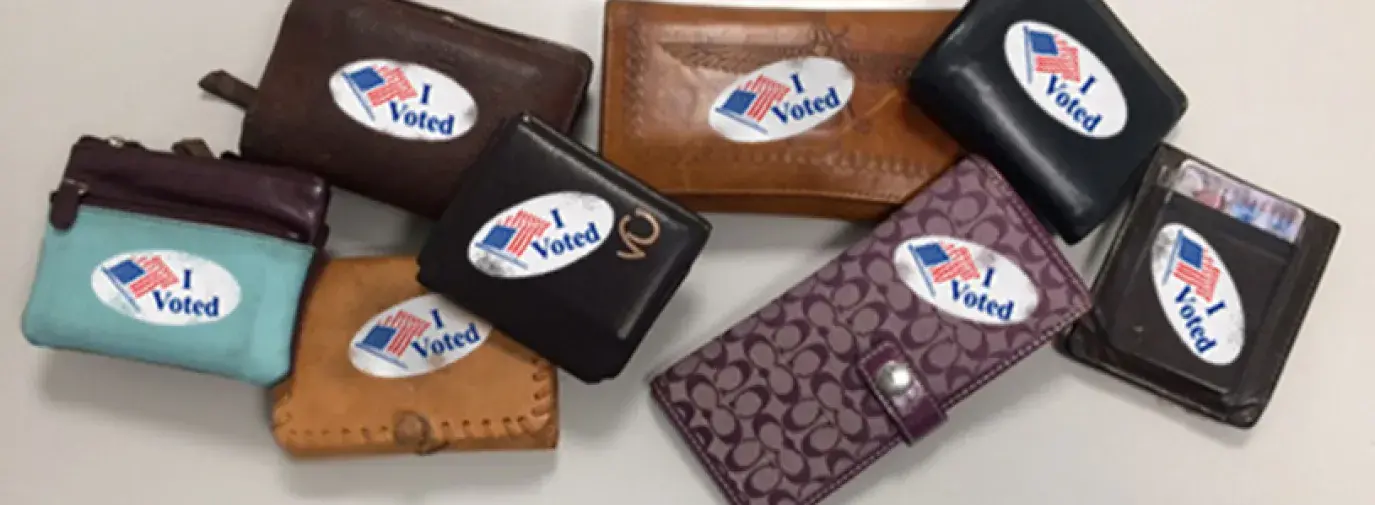
In the 1990s, socially responsible investors played a key role in bringing down South Africa’s brutal and racist apartheid regime. Since then, they’ve made a difference on a wide range of issues, pressing companies around the world to move in a more socially and environmentally responsible direction.
Thanks to engaged shareholders:
- In January of 2017, ExxonMobil appointed an atmospheric scientist and climate-change expert, Susan Avery, to its board of directors.
- In recent years, McDonald’s and Dunkin’ Donuts agreed to phase out styrofoam cups. And Dell and Ikea have begun phasing out foam packaging.
- In 2016, nine tech companies, including Apple, Intel, Expedia, Amazon, Adobe, Microsoft, and eBay, agreed to publicly disclose and close their gender pay gaps.
To press for this kind of change, anyone with a bank account and retirement savings can engage in a practice called socially responsible investing (SRI). Though SRI is known by many names—impact investing; natural investing; sustainable and responsible investment; and environmental, social, and governance (ESG) investing—it all means banking and investing in ways that make large corporations more accountable to people and the environment, as well as supporting companies with forward-thinking practices and products.
“The single greatest impact you can have is how you invest your savings, yet this is one area where most investors do not realize they have any power. ” says Andrew Behar, CEO of As You Sow, a nonprofit that promotes corporate responsibility through shareholder advocacy. “It is not only a right that you have but a responsibility to manifest your values in the real world. That is why the shareholder movement is growing stronger by the day, and corporations are realizing that it is in their best interest to listen closely.”
Socially responsible investors use a four-pronged approach to put their money to work for change: screening, shareholder activism, community investing, and divestment. It’s a powerful way to “vote with your dollars.”
Investors have put $8.72 trillion into SRI, according to the Forum for Sustainable and Responsible Investment’s (US SIF) 2016 trends report. That’s a lot of financial might working for a better world, and it’s growing exponentially. SRI has grown 14-fold since 1995, states US SIF. Today, one out of every five dollars under professional management in the US is involved in SRI.
If Washington won’t work for a better world, you and your money can.
If you want to:
- Get problematic industries like tobacco, fossil fuels, weapons, and others out of your portfolio
- Invest in forward-thinking companies on the cutting edge of green technologies, like renewable energy, water purification, and responsible waste management
Try: Screening
What is it?
- Screening is making the choice to include or exclude investments in your portfolio based on social and environmental criteria.
- Avoidance screens keep investments that violate your social and environmental criteria out of your portfolio.
- Affirmative screens seek out investments that support business practices in which you believe.
Scale
Investors have put $8.05 trillion into vehicles where environmental, social, and governance concerns were integrated into investment decision-making, according to US SIF.
Impact
“The very act of buying a portfolio that’s more consistent with goals of universal human dignity and ecological sustainability changes the conversation. It expands the mission of companies. You now have over 6,000 companies filing corporate responsibility reports. You now have around 17 countries that will not allow a company to trade stock unless it files a corporate social responsibility report. Those things never would have happened had only straight Wall Street been their shareholders.”
—Amy Domini, Domini Social Investments
Get Started
Do research and screen your own investments, or hire a socially responsible financial advisor to help you. Find one at GreenPages.org.
If you want to:
Use your investor power to pressure irresponsible corporations to clean up their acts
Try: Shareholder Activism
What is it:
- Shareholder activism/advocacy describes the actions many investors take to press corporations to improve their social and environmental practices—using their status as part-owners of companies as leverage.
- Shareholders, generally in coalition, may start out by dialoguing behind the scenes with corporate management to ask for change.
- If dialogues don’t work, they may introduce a shareholder resolution, which is a formal request to corporate management to change company policies or procedures. All shareholders vote on shareholder resolutions via a proxy ballot mailed to them each spring, or in person at a company’s annual meeting.
Scale
Investors have $2.56 trillion invested in support of shareholder resolutions, according to the US SIF 2016 trends report. For the 2017 shareholder season, activists have introduced over 430 environmental, social, and governance resolutions, according to As You Sow.
Impact
“Publicly traded companies can benefit from the unique insights offered by their shareholders. Shareholders’ specific view on the marketplace, society, resource constraints, and policy provide us with a clear, powerful, and persuasive voice that can be compelling for corporate directors and management. Through dialogue, shareholder proposals, and other channels of communication, investors serve as an important catalyst for improved ESG policies, practices, and performance.”
—Jonas Kron, Trillium Asset Management
Get Started
If you own stock, look for a shareholder ballot to arrive in the mail in the spring, and vote in favor of social and environmental proposals. See p. 20, and visit Green America’s annual shareholder roundup on our key issues.
If you want to:
- Put your money to work helping low- and middle-income people lift themselves up economically
- Move your money away from predatory mega-banks tied to the foreclosure crisis, and toward institutions that are doing good
Try: Community Investing
What is it?
- Community-investing vehicles maximize the social impact of your investments, providing capital to low-and middle-income people in the US and abroad who are underserved by conventional banks.
- The simplest method is to open accounts in a community investing bank/credit union.
- Other options include CDs and money-market accounts in a community-investing bank or credit union, community-investing loan funds and venture capital, and mutual funds with community investments in their portfolios.
Scale
Thanks in part to Green America and US SIF’s publicity campaigns, the community investing field has grown from $5 billion in 1999 to $122 billion currently, according to the US SIF 2016 trends report.
Impact
“[Community development financial institutions like] HOPE [offer] a tremendous return on investment. A credit union is a powerful resource that empowers
individuals and communities to help themselves. For more than two decades, HOPE has generated more than $2.5 billion in financing that has improved conditions for more than 1 million people in Arkansas, Louisiana, Mississippi, and Tennessee. In collaboration with a strong network of partners, ... we equip members to drive positive change. When these kinds of communities have access to the right tools, they thrive. That benefits not only the region, but ultimately the nation.”
—Bill Bynum, Hope Credit Union
Get Started
Find a community investing bank/credit union at GreenPages.org.







